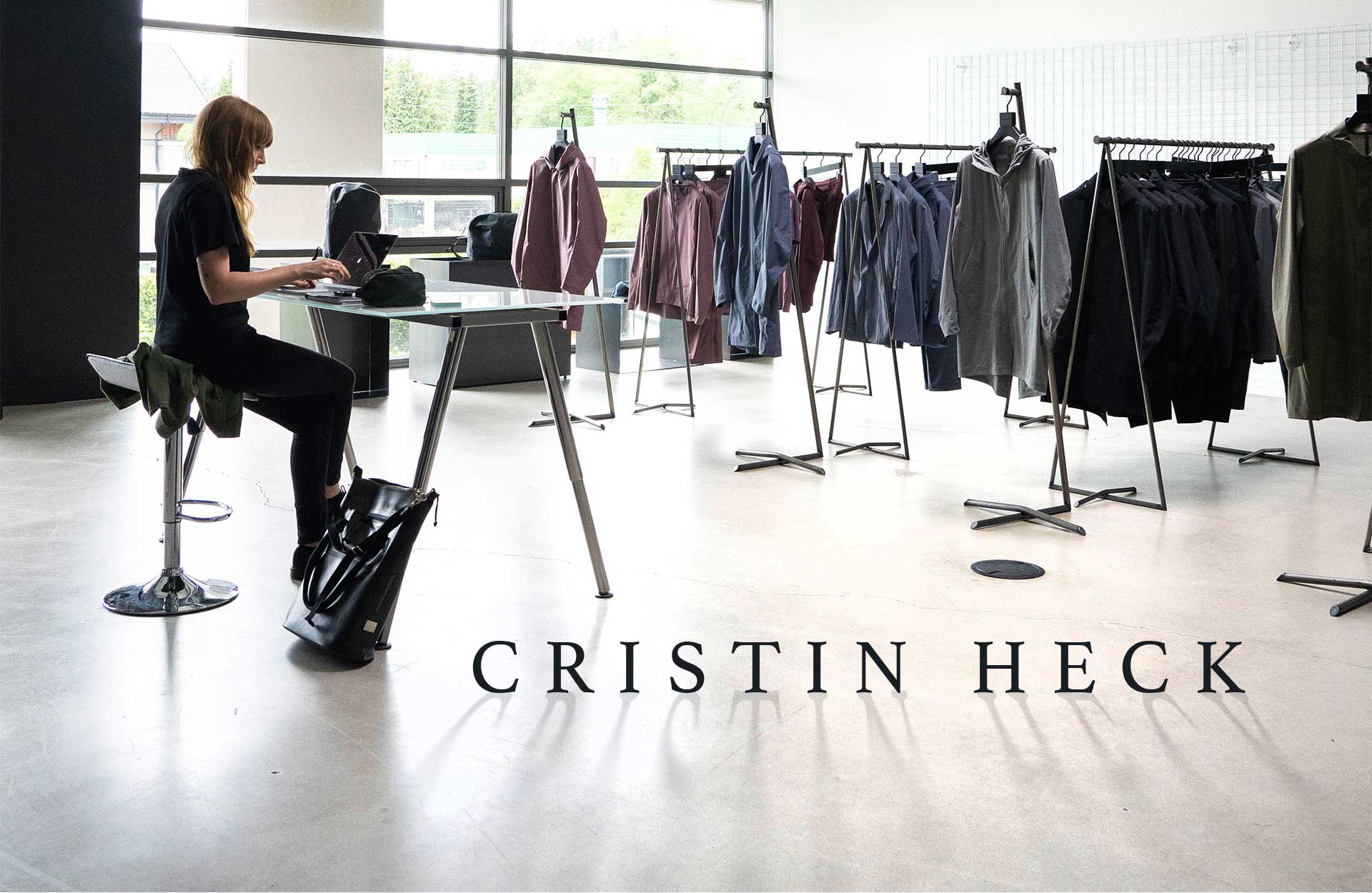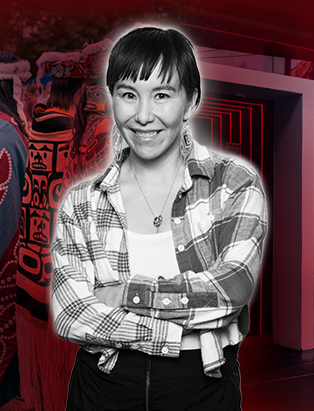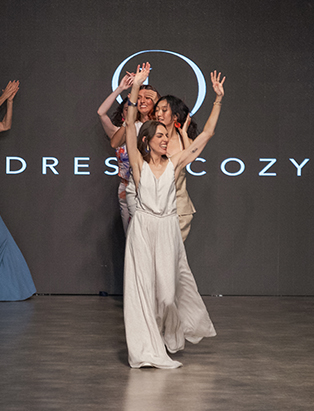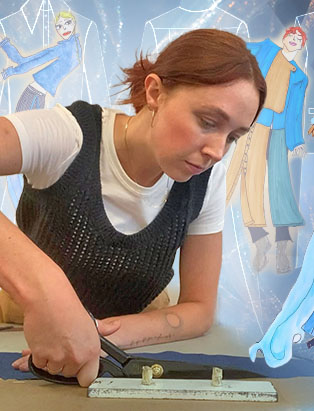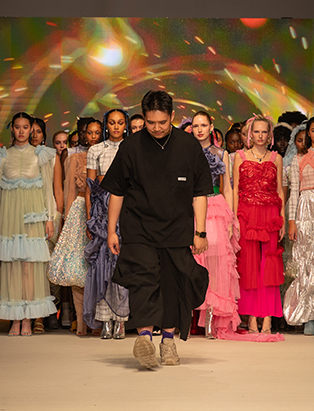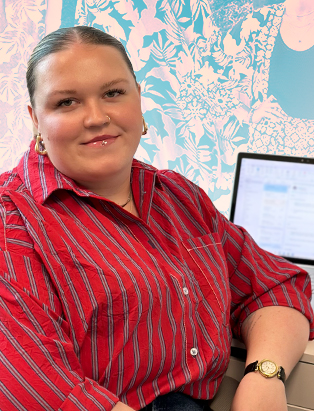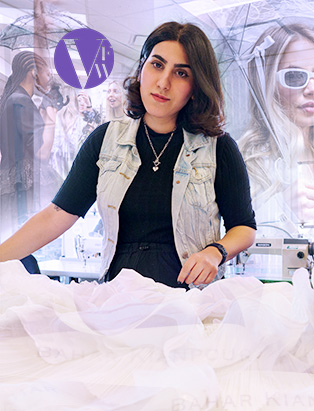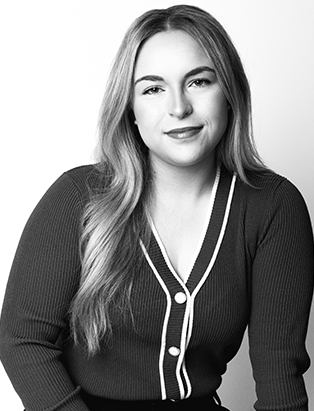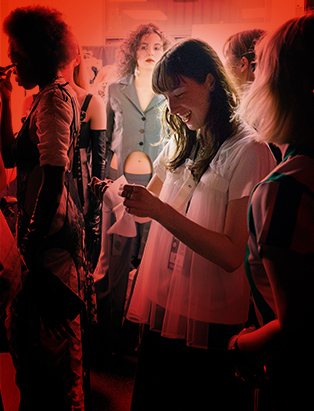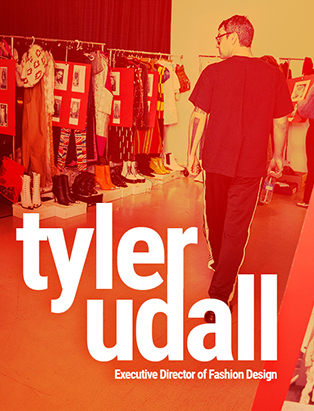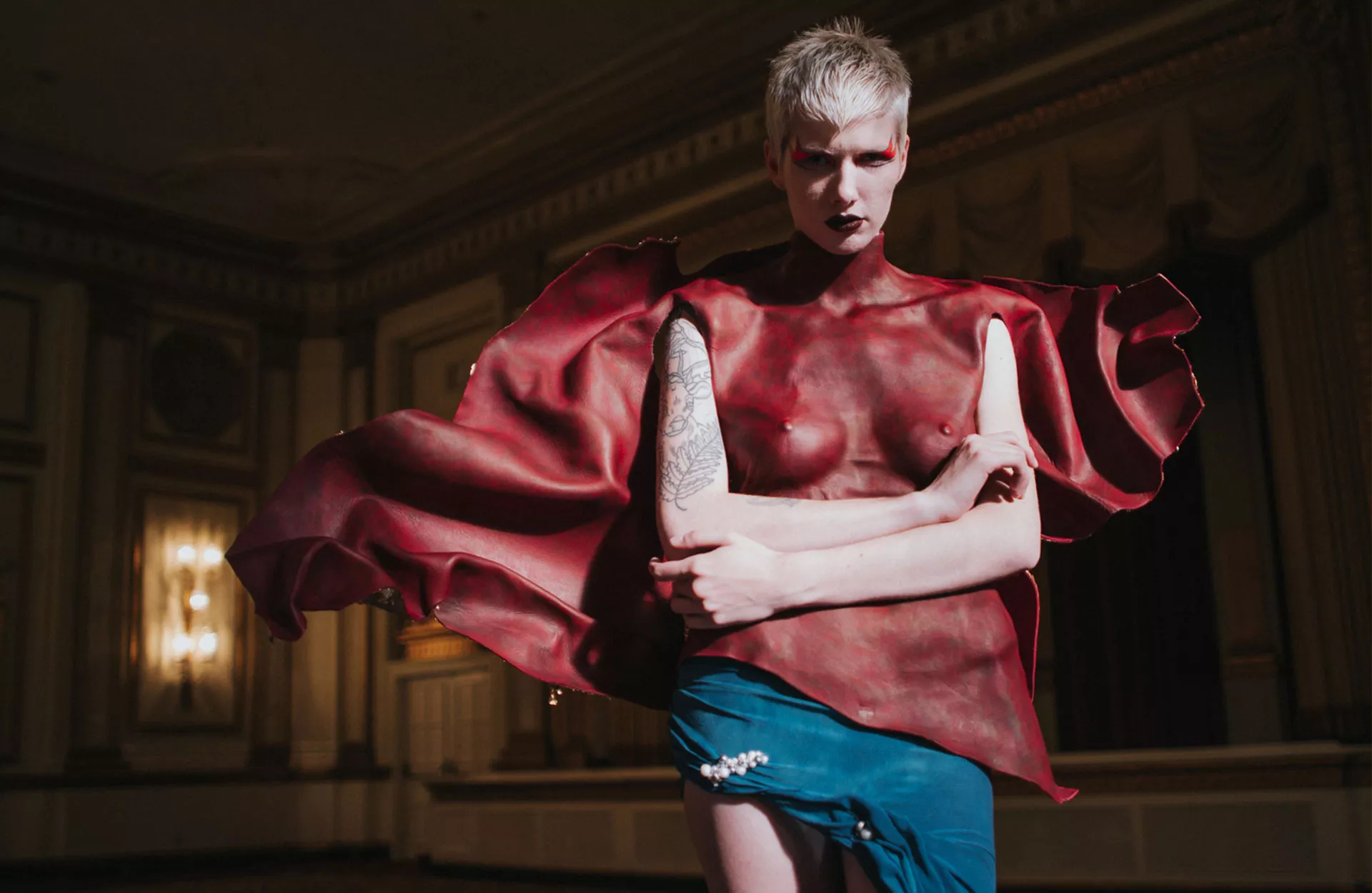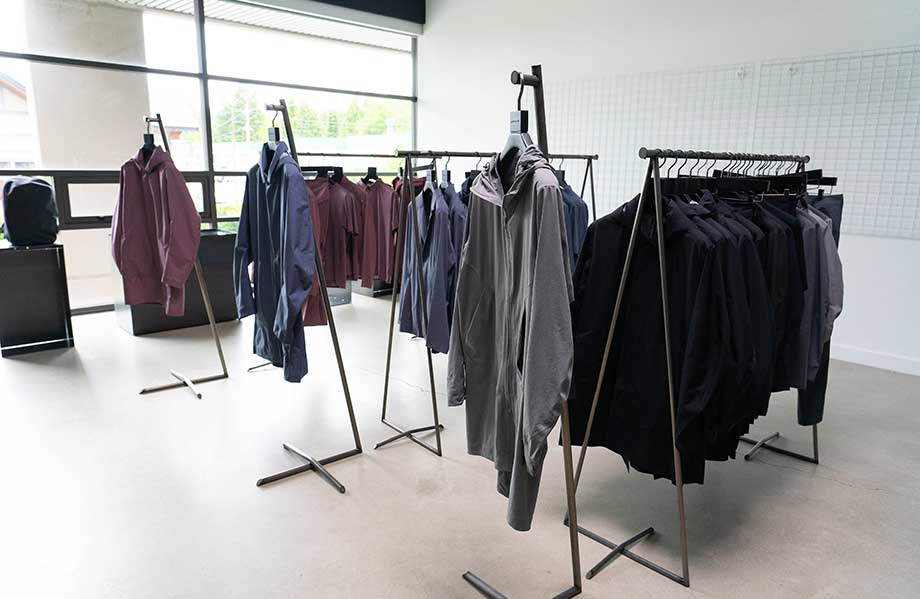
Considering Fashion Design wasn’t always Cristin Heck’s life plan, it’s worked out extremely well for her. After graduating from our Fashion Design Program in 2002, where she was also presented the Designer of the Year award, Cristin has done nearly everything there is to do in the technical world of Design—and excelled at it. After a string of impressive Fashion Design jobs that have spanned from TV & Film sets to some of the most “in” brands like Obakki, Kensie, and Kit and Ace, she’s now at the design helm of one of the world’s most known sports and outdoors brands Arc’teryx Equipment as their Veilance Design Operations Manager. A relatively new role for both Cristin and the company, this Arc’teryx Designer is not only responsible for creating this role but for overseeing Veilance from Design concept to commercialization. Meet Vancouver’s very own design wizard, Cristin.
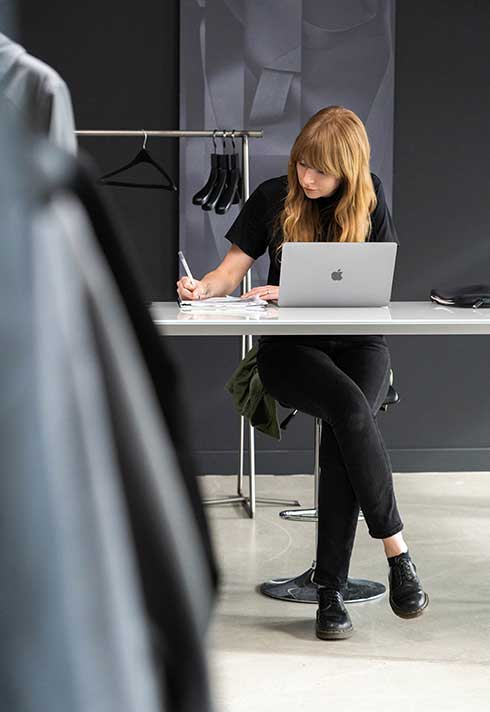
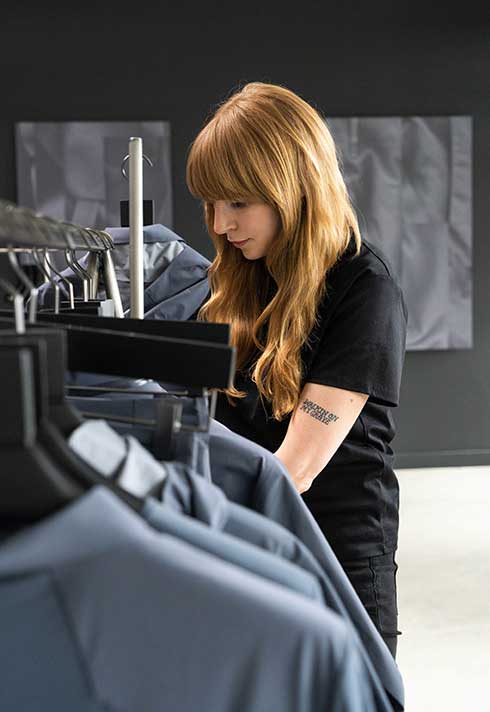
You’ve got quite the title at Arc’teryx: Manager, Design Operations: Veilance. Can you explain what this role entails and what your days are like?
This is a new kind of role for me and for Arc’teryx actually. My resume and past experience have always been in product development and post design work, where you really take ownership of the product from the sketch forward. I came into this position as a consultant initially and was meant to look at their design process with a product development lens. I was meant to reduce their timelines and help them bring their products to markets sooner. It’s super interesting because I had to review absolutely everything in order to help them streamline and they’re one of the few companies that actually do all of their pattern making and development samples in house. They’ve got a huge facility that houses all the machines and cutting tables which we call the Innovation Floor. My daily operations have me overseeing the designers and the design developers as we create new ideas and products. We don’t give anything over to a factory, it’s all done here so my job is working with them to find the best techniques to make something and then the best way to produce it in a timely manner so that it can go to market sooner. The design team here is very, very technical—it’s not at all like a traditional fashion company. Everyone has to have a really strong pattern making and tech background. We don’t see trends and re-create them, we build products inside out to be waterproof, sweat-resistant or whatever the goal of the piece is. My role encompasses a lot.
The design team here is very, very technical—it’s not at all like a traditional fashion company. Everyone has to have a really strong pattern making and tech background. We don’t see trends and re-create them.
It sounds like Arc’teryx Designer is another incredible role you can add onto your already stellar resume.
Yes, I’ve been super lucky to call places like Kit and Ace, Obakki, and Kensie home. I was the Lead Product Developer with Kit and Ace, and the Senior Technical Director at Obakki and Kensie. I’ve found that your experience will get you in the door, but it’s your interwork relationships, reputation and continued experience that will keep you going forward.
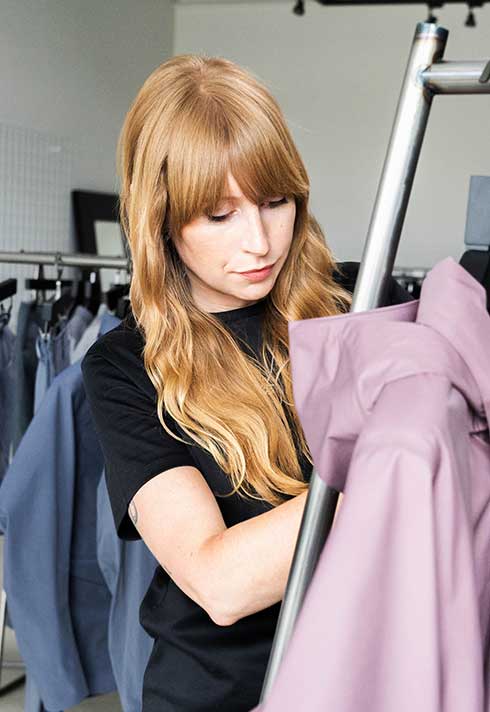
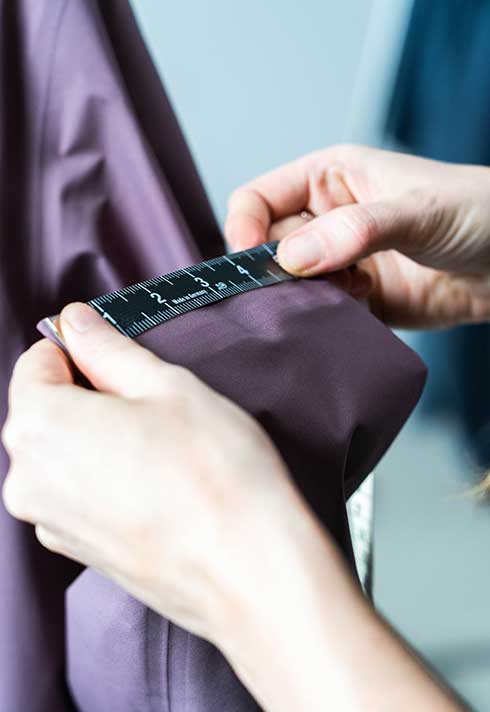
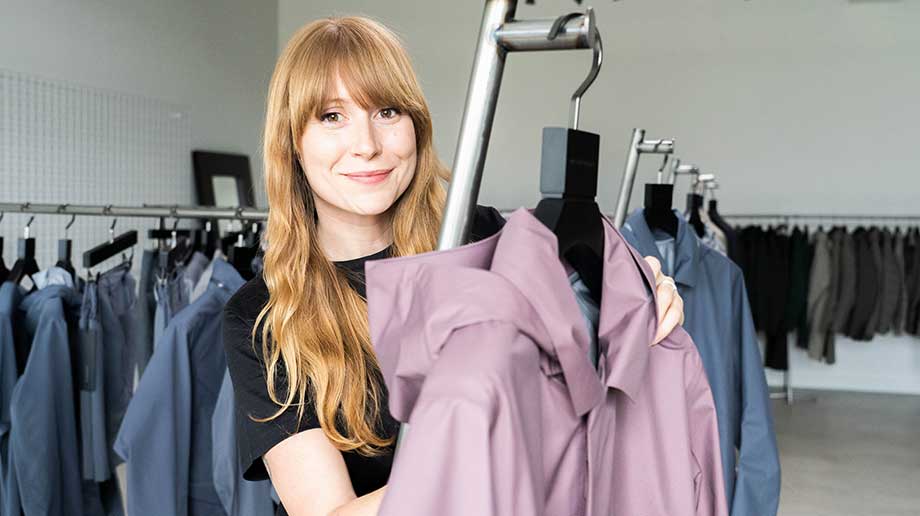
Speaking of experience and connections, you also had a position at Herman Market which is Vancouver local, punk-rock designer and streetwear aficionado Raif Adelberg’s newest venture. How did that happen?
After Kit and Ace, I took a couple of months off and one day I was contacted by someone that I used to work with that needed a Product Developer. They told me the position was with a brand that was very different in the way the business was set up and the way they did their products. So they set me up a Facetime call with Raif, I was camping in a trailer at the time, but we chatted about things and seemed to get along really well. We thought similarly in terms of developing clothes. I loved controlling pattern making and I loved working for small companies, it just feels more like a family unit than big corporations. We set up a meeting for the following week and he took me through the collection. I became their Lead Product Developer and sample room coordinator where I built a team of in house pattern makers and sample sewers that handled everything from Development, salesman samples to production and helped them create their tech pack and illustrations. I was able to help take it from development to production. It was a huge job but it was so fun. Every day I had to make decisions on the fly that completely affected the product.
I got hooked on watching Fashion File on TV in the 90's and then I started following all the runway shows from around the world. I was fascinated with what they did and how they made what they did.
That sounds incredible. With all of these unique experiences, what do you think you’ve learned from them all? Is there a common thread between them in terms of experience or was each one vastly different?
In the past, one of the biggest things people who were hiring me were looking for is an entrepreneurial mind. People who think outside of the box and who will treat their days and work as if it was their own company they started with their own money. One of the biggest keys to my success has been being able to work with a multitude of different personalities. You can’t really get zoned in on ‘your job’ because most places, especially in design, need their teams and departments to be cross-functional to some extent. You need to fix problems as they come up, hopefully without taking up too much development time. These often affect the collection on a fairly major scale. A big thing I always tell people is to never, never burn bridges. You literally just never know when you’ll work together again and what the dynamic will be, so always do your best to work well with everyone. Even if you have to do a certain task and you think ‘Why am I doing this?’ you can’t focus on it. We’re pressured for time and we have a job to do. Do it the absolute best way you can.
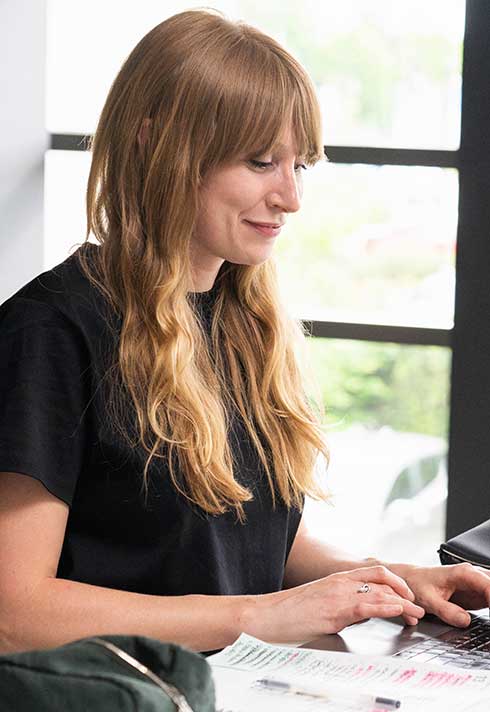
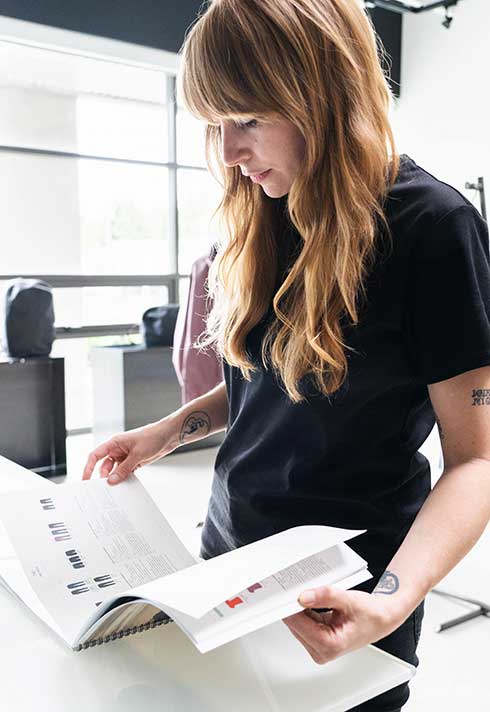
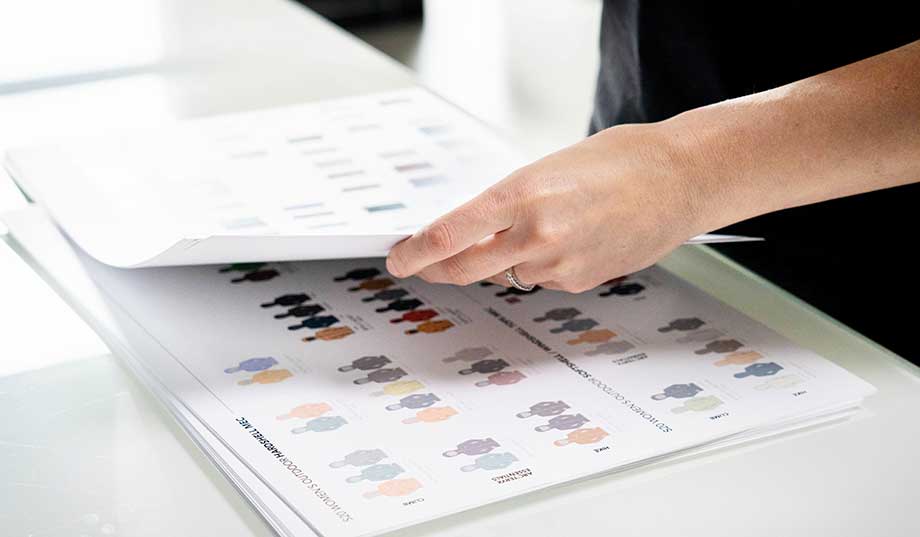
Backing up a bit, what made you choose this industry? Was Fashion Design always something you wanted to do?
It was something that I really got into later in school. I got hooked on watching Fashion File on TV in the 90’s and then I started following all the runway shows from around the world. I was fascinated with what they did and how they made what they did. Once I finished high school, I moved to Vancouver as fast as I could and found Blanche Macdonald. When I came in for my tour it was like ‘This is the place.’ I knew some other people that were in other artistic programs and they said they’d get homesick or struggle with fitting in but Blanche Macdonald never ever got that way for me, it was where I wanted to be.
So you had a good time in the Fashion Design Program?
Totally. It was the perfect introduction to fashion. There were a few teachers who were keen to focus on the technical aspect, mainly Brenda Swinglehurst, which was great because I needed to know how to build things from scratch. Brenda’s classes really were the reason that I got so into the whole garment building process. Say hi to her for me. It’s been a super long time.
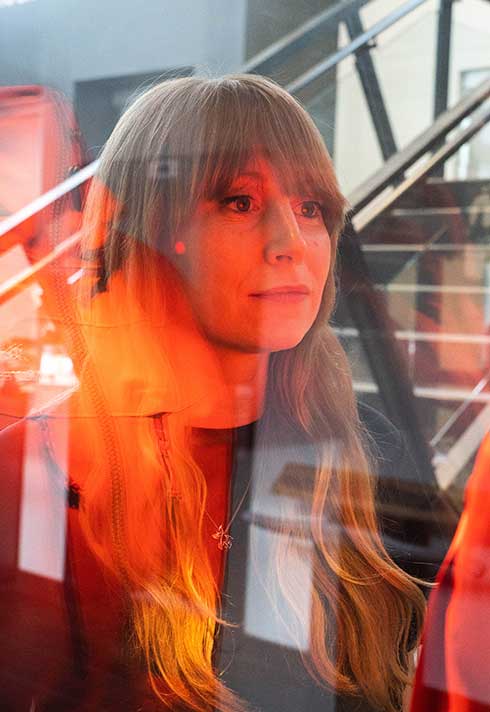
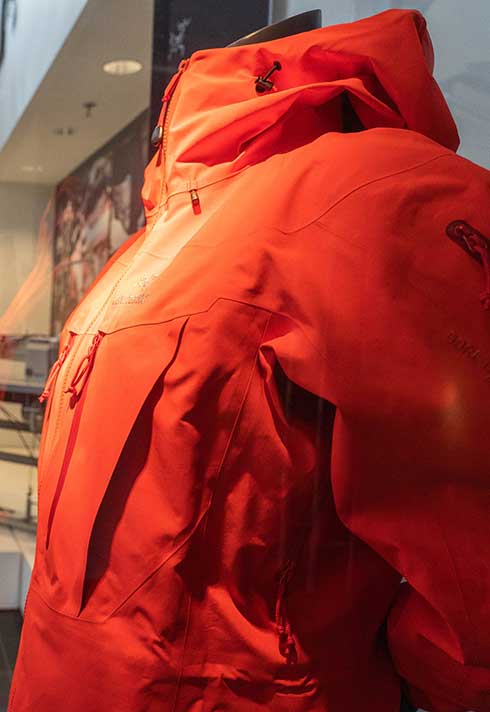
And how did you become a Fashion Designer in Vancouver?
After Blanche Macdonald, I took another one year program in Costume Design for Theatre and Film. To get some experience and get in the door, I started working in film in the Wardrobe Department and as a stylist for about five years. I knew it wasn’t right for me, but it was what I needed to do to get my experience to get to what was right for me. And I always kept practicing my pattern making on the side for when that day came. One day I saw an ad on a fashion site that was looking for someone with pattern making experience so I ended up getting contracts to do some pattern making for local brands like Moulee. It was those contracts that eventually led me into all the places I’ve ended up in with permanent positions.
Traveling is always such a rewarding part of the job. I’ve traveled all over China, Vietnam, Sri Lanka... my favourite place that I’ve been is Vietnam.
You’ve had a super, super busy career with so much responsibility. What do you do on the side to relax?
Music. I’m the bassist of The Highway Kind, which is just starting to come around again after a bit of a break. It’s the best way to let out all my stress and it’s the best creative outlet. I also bought property on the island a few years ago so I try to go out there every other weekend and work on the land, I’ve already started a few little gardens out there. It’s so far away, I’ve got to pack absolutely everything with me but spending my weekends there, in the middle of the forest is the ultimate in peace and serenity.
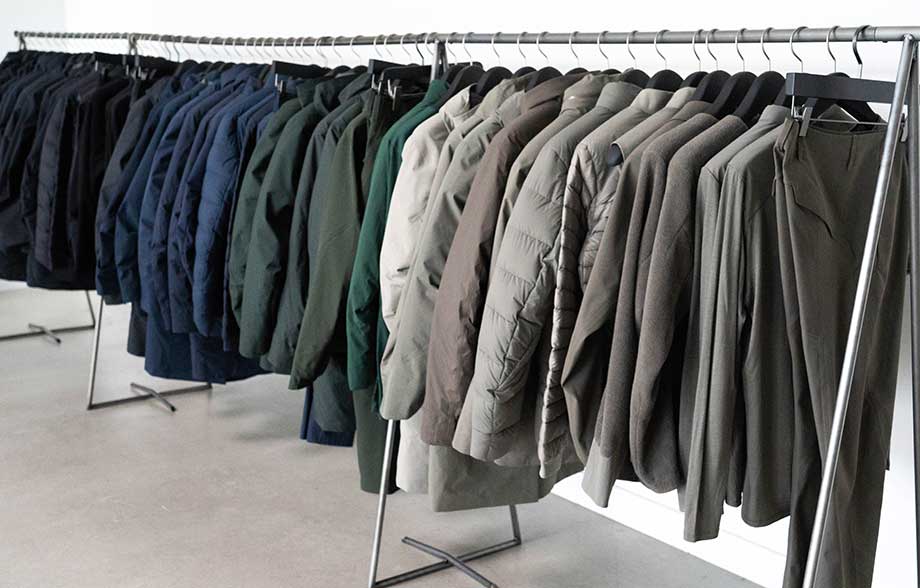
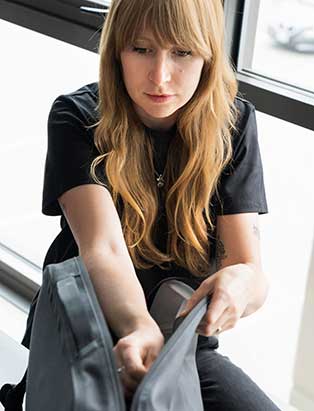
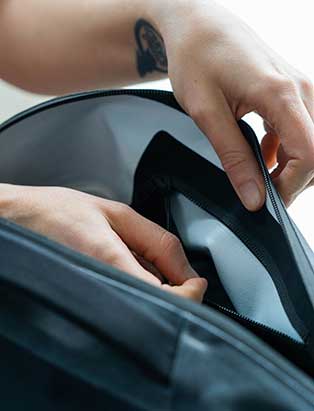
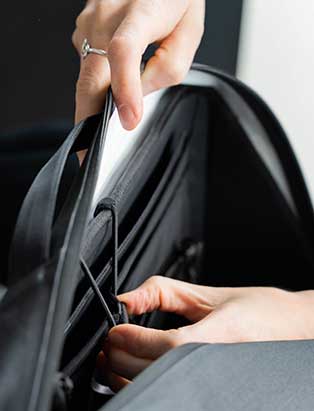
Now that you’re a bit of an industry veteran, what’s your favourite thing about being an Arc’teryx Designer?
Travelling is always such a rewarding part of the job. I’ve traveled all over China, Vietnam, Sri Lanka… my favourite place that I’ve been is Vietnam. We worked with a factory there that was incredibly beautiful. It was a state of the art glass factory in the middle of the jungle that did a lot of work for bigger brands. We’d go there and do innovations with their factory and they’d feed you lunch in this community garden that was all fresh, local food—it was just the most beautiful place to be and work.
